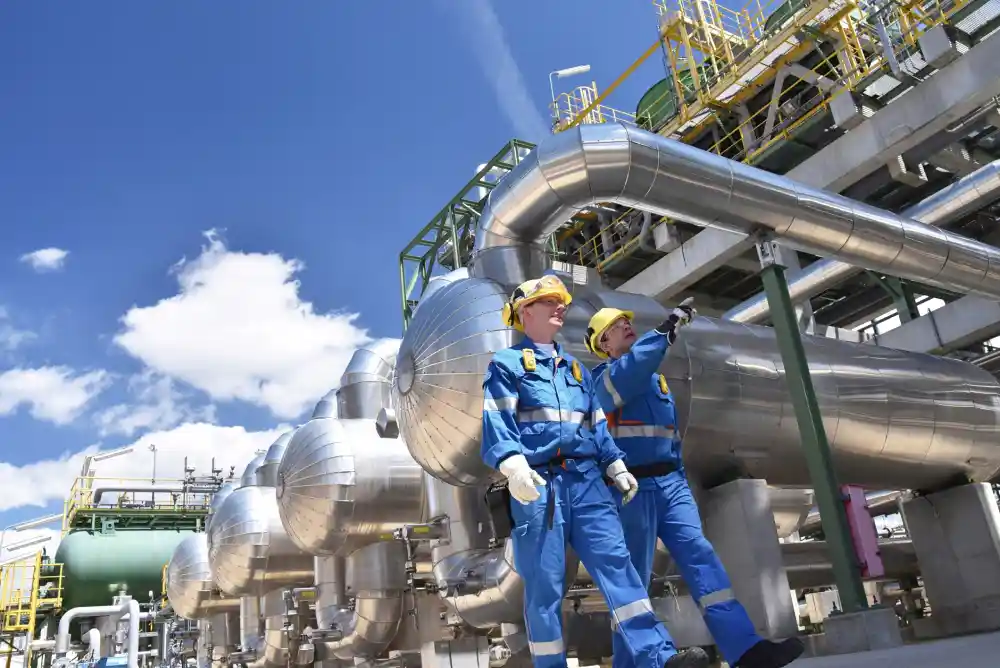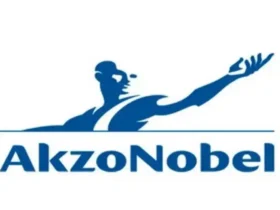
Safety is the backbone of chemical processing industries. With the handling of hazardous chemicals, high temperatures, and complex machinery, there’s no room for error. A single oversight can result in catastrophic accidents, environmental damage, and loss of life. That’s why stringent safety protocols are vital to ensuring the well-being of workers, the community, and the environment.
In this article, we’ll explore the key safety protocols that are essential in chemical processing industries. Whether you’re a plant manager, process engineer, or operator, understanding and adhering to these protocols is critical for maintaining a safe and compliant work environment.
1. Hazard Identification and Risk Assessment (HIRA)
Before any safety measures can be implemented, it’s crucial to identify potential hazards in the plant. Hazard Identification and Risk Assessment (HIRA) is a systematic process that evaluates risks associated with various processes and equipment.
- Chemical Hazards: Identifying toxicity, flammability, and reactivity of chemicals.
- Process Hazards: Analyzing potential failures in reactors, pipelines, and storage tanks.
- Operational Risks: Evaluating tasks that involve human interaction, such as maintenance and loading/unloading.
Risk levels are then categorized, and appropriate control measures are implemented.
2. Standard Operating Procedures (SOPs)
Standard Operating Procedures are the foundation of a safe chemical plant. SOPs define how to carry out tasks safely and efficiently.
- Detailed Instructions: Step-by-step procedures for startup, shutdown, maintenance, and emergency actions.
- Accessible Documentation: SOPs should be available to all staff and updated regularly.
- Training: Employees must be trained in SOPs relevant to their roles to ensure compliance.
Well-documented SOPs help reduce human error and ensure consistency in operations.
3. Personal Protective Equipment (PPE)
Using the right PPE is essential for protecting workers from chemical exposure, burns, inhalation of toxic gases, and physical injuries.
- Basic PPE: Helmets, safety glasses, gloves, and flame-resistant clothing.
- Specialized PPE: Respirators, chemical-resistant suits, and face shields for handling hazardous materials.
- PPE Policy: Clear rules on when and how to use PPE, with regular audits to ensure adherence.
Training workers on proper usage and maintenance of PPE is equally important.
4. Emergency Preparedness and Response
Despite the best precautions, emergencies can happen. An effective emergency response plan minimizes the impact of incidents.
- Fire and Explosion Protocols: Fire alarms, suppression systems, and evacuation procedures must be in place.
- Spill Response Kits: Available throughout the plant with materials for neutralizing or containing leaks.
- Emergency Drills: Regularly conducted to prepare employees for quick, coordinated response.
- First Aid and Medical Facilities: On-site resources and trained personnel to handle injuries immediately.
Emergency preparedness should also include coordination with local authorities and hospitals.
5. Process Safety Management (PSM)
PSM is a regulatory framework designed to prevent the release of hazardous chemicals. It includes a combination of engineering and management practices.
- Process Design: Safe design of equipment and processes to minimize risks.
- Mechanical Integrity: Regular inspection, testing, and maintenance of critical equipment.
- Change Management: Thorough evaluation of any process or equipment changes before implementation.
- Incident Investigation: Root cause analysis of accidents or near-misses to prevent recurrence.
PSM is often mandated by law and aligned with standards like OSHA’s PSM or ISO 45001.
6. Safety Signage and Labeling
Clear communication of hazards through signs and labels is a simple yet powerful safety tool.
- Hazard Labels: Proper labeling of all chemicals with hazard symbols and handling instructions.
- Warning Signs: Placed near high-risk areas like high-voltage panels, flammable storage, or confined spaces.
- Color Codes: Standardized colors to indicate danger (red), caution (yellow), safety (green), and information (blue).
Consistent and visible signage helps prevent accidents by keeping safety top-of-mind.
7. Training and Competency Development
A knowledgeable workforce is a safer workforce. Continuous training ensures everyone understands the risks and how to mitigate them.
- Induction Programs: Introduce new employees to safety practices and site-specific hazards.
- Refresher Courses: Regular updates to keep safety knowledge current.
- Simulations and Role-Playing: Hands-on practice in handling emergencies or unusual scenarios.
- Certifications: Encourage or mandate relevant safety certifications for employees.
Training should be interactive and tested to assess comprehension and effectiveness.
8. Environmental Protection Protocols
Safety isn’t just about people—it’s also about protecting the environment.
- Effluent Treatment: Proper treatment of liquid waste before discharge.
- Air Pollution Control: Scrubbers, filters, and vent stacks to minimize emissions.
- Solid Waste Management: Safe disposal or recycling of solid and hazardous waste.
- Noise and Vibration Control: Measures to reduce environmental and occupational noise.
Environmental compliance not only meets regulatory requirements but also enhances public trust.
9. Audits and Safety Reviews
Regular reviews ensure that safety measures remain effective and up-to-date.
- Internal Safety Audits: Conducted by in-house teams to identify gaps and opportunities.
- Third-Party Inspections: Provide unbiased assessment and compliance checks.
- Behavior-Based Safety (BBS): Observations of worker behavior to identify unsafe practices and reinforce good habits.
Post-audit action plans and follow-ups are crucial for continuous improvement.
Key safety protocols in chemical processing industries are not just checkboxes—they are life-saving measures. From identifying risks to emergency preparedness, every protocol plays a vital role in creating a safe, efficient, and sustainable workplace.
By fostering a safety-first culture, investing in training, adhering to regulations, and continuously improving processes, chemical plants can minimize risks and ensure smooth, incident-free operations. Ultimately, the goal is not just compliance, but a genuine commitment to the safety of people, property, and the planet.








Leave a Reply